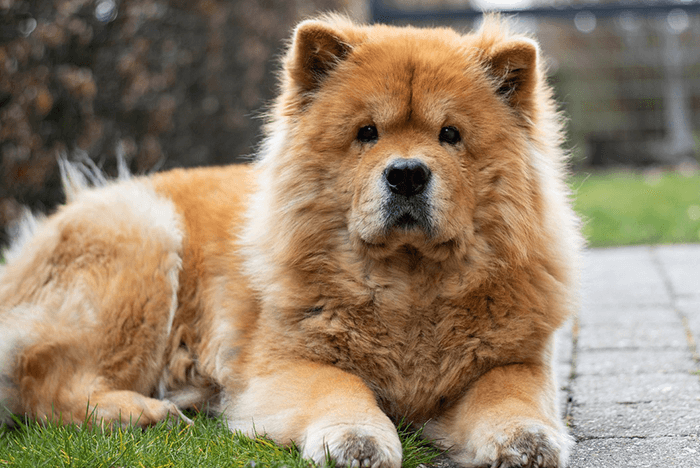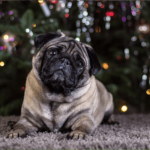- Blue-Black Tongue: One of the most distinctive features of the Chow Chow is its blue-black tongue, which is shared only with the Chinese Shar-Pei.
- Ancient Origins: The Chow Chow is one of the oldest dog breeds, with a history that dates back over 2,000 years in China.
- Lion-Like Appearance: Their dense double coat and distinctive mane around the head give them a lion-like appearance, adding to their unique and regal look.
Main Information
| Origin | China |
| Alternate Name | Songshi Quan (Puffy Lion Dog) |
| Life Expectancy | 8-12 years |
| Average Height | Male: 19-22 inches, Female: 18-20 inches |
| Average Weight | Male: 55-70 lbs, Female: 45-60 lbs |
| Coat Length | Long or short |
| Coat Type | Dense, double coat |
| Coat Color | Red, black, blue, cinnamon, cream |
Brief History
The Chow Chow originated in China over 2,000 years ago and was initially used for hunting, herding, pulling, and guarding. Their distinctive blue-black tongue and lion-like mane made them favorites among Chinese nobility. The breed was first recognized by the American Kennel Club (AKC) in 1903.
Strengths and Weaknesses
Strengths:
- Loyal and protective
- Distinctive and striking appearance
- Independent and dignified
Weaknesses:
- Can be aloof and reserved
- Requires early socialization to prevent aggression
- Prone to certain health issues like hip dysplasia and entropion
Care Tips
- Exercise: Moderate exercise with daily walks is sufficient.
- Diet: A balanced diet formulated for large breeds to maintain optimal health.
- Grooming: Regular brushing, especially for the long-haired variety, to manage shedding and prevent matting.
- Training: Consistent and positive reinforcement methods work best. Early socialization is crucial.
Fun Facts
- Royal Companions: Chow Chows were often kept by Chinese emperors as royal companions.
- Unique Gait: Their straight hind legs give them a distinctive stilted gait.
- Historical Art: Ancient artifacts and pottery often depict dogs resembling the modern Chow Chow, indicating their long-standing presence in Chinese culture.



